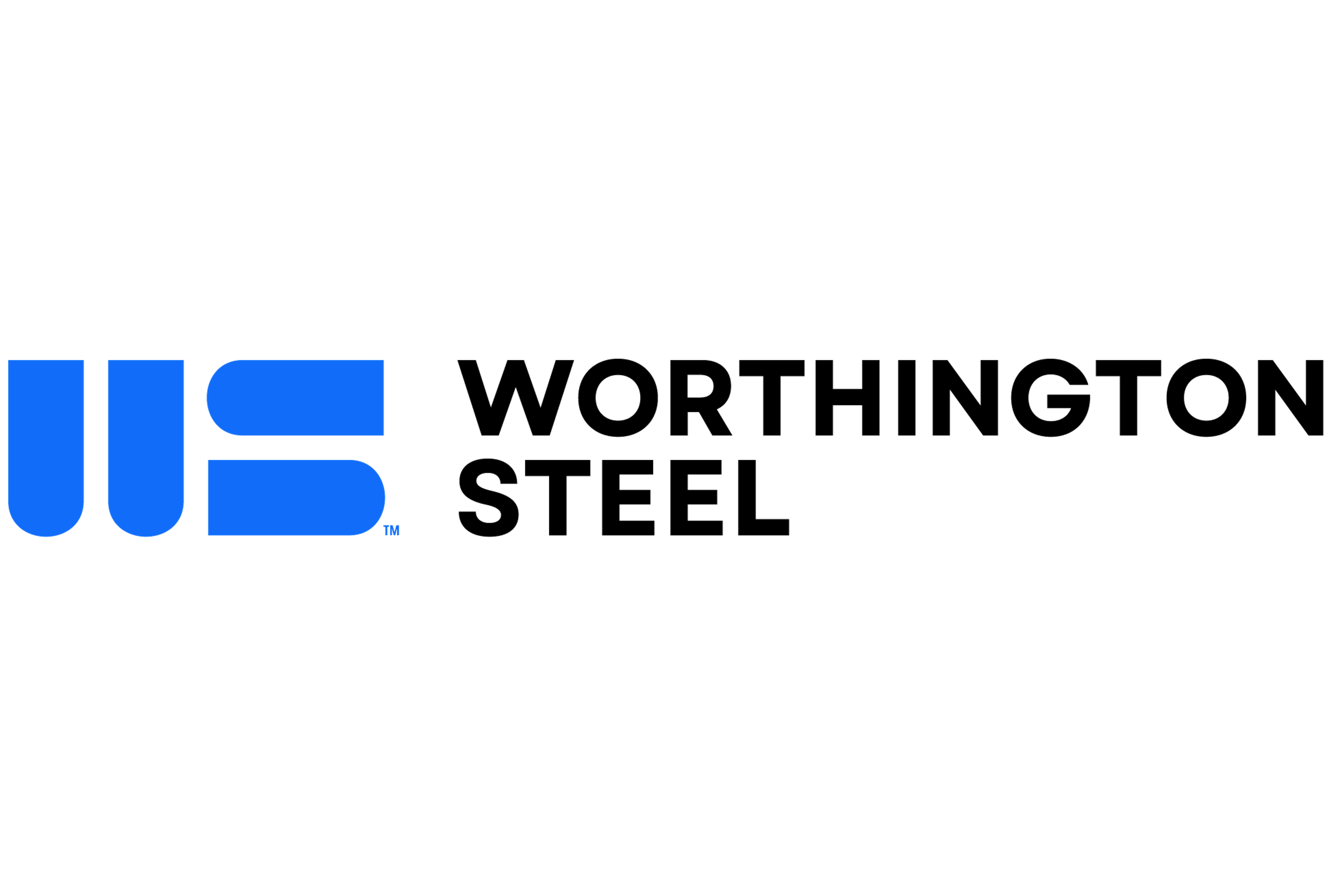Market Segment

October 24, 2019
SSAB Americas Profit Hurt by Lower Plate Prices
Written by Sandy Williams
SSAB Americas saw its third-quarter profits decrease to $54.5 million from $82.2 million in Q3 2018 due to lower plate steel prices. Sales were down 2 percent from the second quarter to $490 million and 6 percent from a year ago.
Demand during the quarter was relatively stable with shipments of 521,000 metric tons, up 10 percent from the second quarter and 1 percent from a year ago. Shipments to service centers increased in Q3, but customers were more cautious at the end of the quarter as heavy plate and scrap prices declined.
Crude steel production at SSAB Americas was down 3 percent compared with the second quarter of 2019 and down 4 percent from third quarter of 2018.
Shipments are expected to decrease further for the division in the fourth quarter due to a planned maintenance outage in Mobile. Steel prices are expected to be lower.
In outlook remarks, SSAB said it sees railcars and barges in North America slowing from a relatively high level. Automotive demand is lower, but not getting much worse, while demand for high-strength steels for automotive is growing. Construction is still healthy. SSAB expects good demand from the North American energy sector from wind tower producers as well as from the pipeline and oil and gas segment.
“I think we saw some restocking at the beginning of Q3, and then it turned around and we saw destocking,” said SSAB CEO Martin Lindqvist. “And maybe that’s changed a bit on the margin. But what we can see from official statistics is that the inventory levels in that segment, or among the steel service centers, are not on the high side, they’re quite the opposite. So, if the market doesn’t collapse fully, then there needs to be some restocking. But we also see a pattern with this, call it uncertain situation, that steel buyers are buying more from hand to mouth. They buy exactly what they need and not more than that.
“We also see that in some other patterns. We see more stock sales than direct orders and so on. We see the hesitation in the system,” he added. “So, at some time there needs to be an end to destocking. Exactly when that comes, it’s hard to judge, but it should be probably sometime during Q4 or at the latest the beginning of Q1.”
Lindqvist said underlying demand for plate was in sync with apparent demand in Q3 and order books were decent. Plate margins and plate prices followed raw material costs in the U.S. SSAB Americas had longer lead times than its competition and therefore may have lost less on volumes and prices in the North American plate market, he added.







